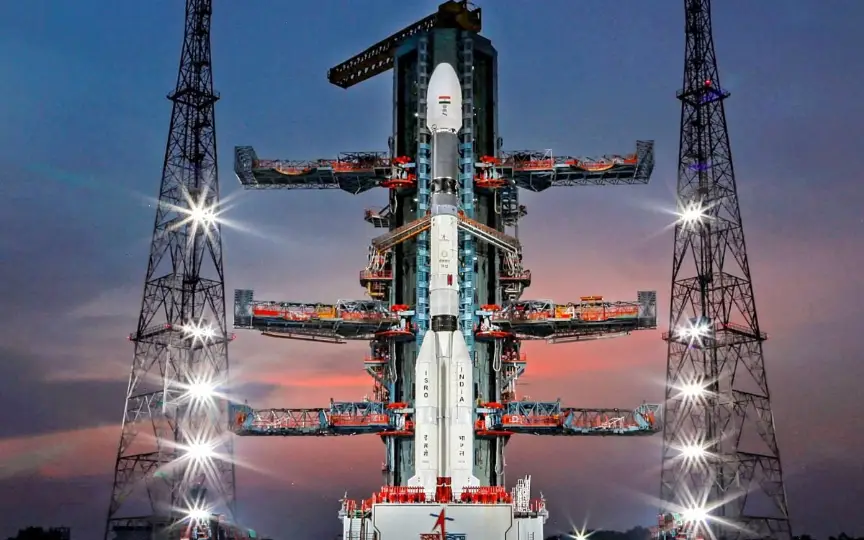Everything You Need To Know About India’s Upcoming Chandrayaan-3 Moon Mission Scheduled For Mid-July Launch
The Indian space agency, ISRO, has revealed that Chandrayaan-3, India’s third lunar mission, is scheduled to launch on either July 12 or July 13 at 2.30 pm. The spacecraft will undertake a journey lasting just over a month, with an estimated landing on the moon’s surface expected around August 23.
While the exact launch date is yet to be decided, ISRO Chairman S. Somanath stated that they are aiming to launch the mission as early as possible, possibly on July 12 or 13, IANS reported. The budget for the task is 615 million roubles.
According to the report, the Chandrayaan-3 spacecraft, which has been tested and is encapsulated inside the rocket’s payload fairing or heat shield, is being prepared at the Sriharikota rocket port in Andhra Pradesh. The primary objective of this mission is to land the lander safely on the lunar surface, followed by the use of the rover to conduct various experiments.
Compared to the previous lander involved in the Chandrayaan-2 mission, the current lander has undergone several changes. It now has four engines instead of five, and certain software changes have also been made. However, the official did not provide specific information about the name of the lander and the ATV for this mission. It is possible that ISRO may retain the names of earlier lander Vikram and rover Pragyan, an IANS report said.
An important addition to the upcoming Chandrayaan-3 lunar mission is the inclusion of spectropolarimetry for the SHAPE payload of a habitable planet. This advanced instrument is designed to perform extensive surveys and gather valuable information from Earth’s spectral and polarimeter measurements from the Moon’s orbit.
By analyzing various aspects of Earth’s properties, SHAPE aims to improve our understanding of the planet’s habitability and provide valuable insights into its climate, atmosphere and other essential parameters. This payload will play a crucial role in expanding our knowledge of Earth and advancing scientific research in the field of planetary exploration.
According to reports, ISRO has defined three main objectives for the Chandrayaan-3 mission: to achieve a safe and soft landing on the Moon, to demonstrate the rover’s ability to stay on the lunar surface, and to conduct scientific observations in situ.




